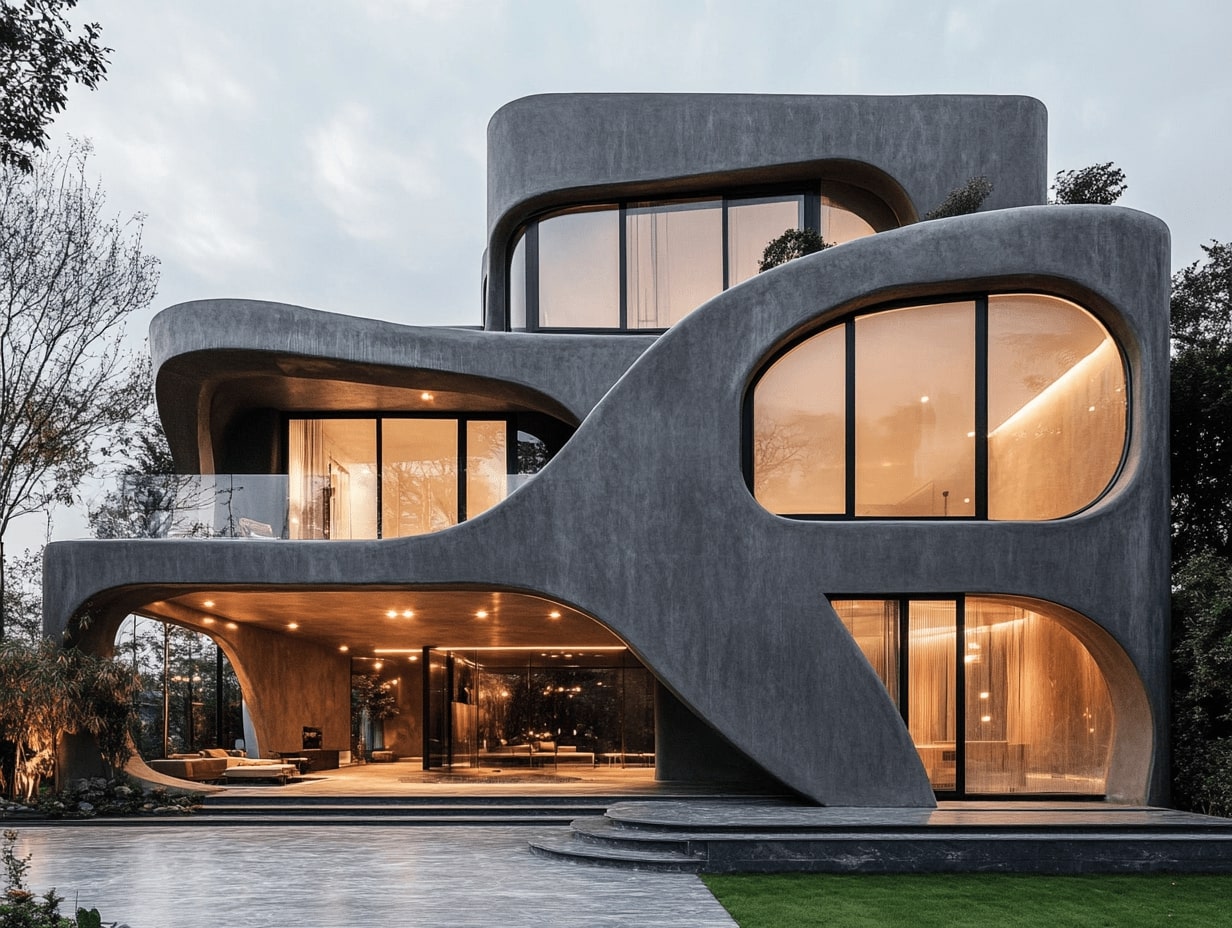- Home
- Articles
- Architectural Portfolio
- Architectral Presentation
- Inspirational Stories
- Architecture News
- Visualization
- BIM Industry
- Facade Design
- Parametric Design
- Career
- Landscape Architecture
- Construction
- Artificial Intelligence
- Sketching
- Design Softwares
- Diagrams
- Writing
- Architectural Tips
- Sustainability
- Courses
- Concept
- Technology
- History & Heritage
- Future of Architecture
- Guides & How-To
- Art & Culture
- Projects
- Interior Design
- Competitions
- Jobs
- Store
- Tools
- More
- Home
- Articles
- Architectural Portfolio
- Architectral Presentation
- Inspirational Stories
- Architecture News
- Visualization
- BIM Industry
- Facade Design
- Parametric Design
- Career
- Landscape Architecture
- Construction
- Artificial Intelligence
- Sketching
- Design Softwares
- Diagrams
- Writing
- Architectural Tips
- Sustainability
- Courses
- Concept
- Technology
- History & Heritage
- Future of Architecture
- Guides & How-To
- Art & Culture
- Projects
- Interior Design
- Competitions
- Jobs
- Store
- Tools
- More
Tips and Tricks for Architectural Students

Welcome to a new semester, budding architects! Whether you’re just starting out or diving into advanced modules, the journey ahead promises a mix of creativity, challenges, and immense growth. With the world of architecture evolving rapidly, it’s crucial to stay ahead of the curve. To help you navigate this journey, we’ve gathered some invaluable tips and tricks. Let’s explore them together!
- Embrace Sketching: Always carry a sketchbook. Whether you’re waiting for a class or simply sitting in a park, seize the opportunity to sketch. This will not only sharpen your observational skills but will also help in understanding spaces and forms better.
- Manage Your Time: Architectural assignments can be daunting. Cultivate the habit of breaking tasks into smaller steps and prioritizing them. Get acquainted with productivity tools and apps that can assist in scheduling.
- Stay Updated: Architecture, like any other field, is constantly evolving. Make it a point to read blogs, articles, and news related to architecture. Attend webinars, workshops, and exhibitions whenever possible.
- Feedback is Gold: Regularly get your work reviewed by peers, seniors, and professors. Constructive feedback will give you fresh perspectives and insights that can help improve your designs immensely.

Credit: Architecture student – 73 photo (idei.club) - Software Skills: While hand-drawing and conceptualizing are core to architecture, proficiency in architectural software like AutoCAD, SketchUp, Rhino, and Revit will prove immensely beneficial. Don’t hesitate to explore online tutorials or courses to boost your software knowledge.
- Explore Materials: Familiarize yourself with different building materials. Visit construction sites, factories, or workshops. Understanding the tactile nature, strengths, and limitations of materials can deeply inform your designs.
- Travel: Whenever you can, travel. Experience architecture from different cultures, climates, and contexts. This will not only broaden your design vocabulary but also teach you how architecture and environment are deeply interconnected.
- Networking: Connect with professionals, join student organizations, or forums related to architecture. This will give you exposure, mentorship opportunities, and a glimpse into the professional world.
- Physical and Mental Health: Late nights might be a given, but remember, a healthy mind and body are crucial. Make sure to get adequate sleep, maintain a balanced diet, and exercise regularly. This will not only keep you energized but also enhance your creativity and productivity.
- Experiment and Innovate: Architecture is as much about innovation as it is about functionality. Don’t be afraid to think outside the box. Embrace failures as learning opportunities and push your creative boundaries.
- Practice Presentation Skills: Being able to communicate your ideas effectively is as essential as the design itself. Regularly practice your presentation skills, be it through mock presentations or participating in group discussions.
- Stay Passionate: There will be times when things get tough, but it’s crucial to remember why you chose this path. Stay passionate, be curious, and always look for inspiration in the world around you.

Credit: Architecture and Physical Therapy Students Collaborate to Improve Health and Community Engagement — The Nexus (jefferson.edu) Also, architectural literature is important in shaping a student’s perception of the built environment and the underlying philosophies of design. Let’s delve into a list of recommended books and written resources that every architecture student should consider:
Must-Read Architectural Books and Resources for Students
- “The Fountainhead” by Ayn Rand: While fictional, this novel delves into the world of architecture and the struggles of maintaining artistic integrity in a commercial world. Howard Roark, the protagonist, is a young architect who chooses to struggle in obscurity rather than compromise his artistic and personal vision.
- “Towards a New Architecture” by Le Corbusier: A seminal text, it captures the essence of modern architecture and Le Corbusier’s vision of form and function.
- “Complexity and Contradiction in Architecture” by Robert Venturi: This influential publication champions the idea that architecture should be more than just functional boxes, introducing a more inclusive approach to design.
- “The Eyes of the Skin: Architecture and the Senses” by Juhani Pallasmaa: A beautiful exploration into the sensory experience in architecture. Pallasmaa argues that the tactile experience is integral and often overlooked in architectural design.
In conclusion, architecture is a beautiful blend of art and science. It’s a journey of continuous learning, exploration, and creation. Embrace each semester as a new opportunity to sculpt the world around you. Dive in, experiment, learn, and most importantly, enjoy the process. The world awaits your designs!

- Architecture Student
- Architecture Student Apps
- Architecture Student Books
- Architecture Student Career
- Architecture Student Concept
- Architecture Student Concept Guide
- Architecture Student Course
- Architecture Student Cover Letter
- Architecture Student Education
- Architecture Student Events
- Architecture Student Guide
Submit your architectural projects
Follow these steps for submission your project. Submission FormLatest Posts
Understanding Section Drawings in Architecture: A Practical Guide
Learn section drawings in architecture: what they are, types, symbols, lineweights, and...
Understanding the Architecture Design Process: Key Stages, Tools, and Future Trends
Explore the intricate architecture design process, where creativity meets functionality to craft...
Discover How to Find Architectural Inspiration: Tips for Creative Design
Discover how to ignite your architectural creativity by drawing inspiration from your...
5 Essential Principles of Architecture Design for Lasting Impact
Discover the five essential principles of architectural design that transform mere structures...












Leave a comment